The following book and media suggestions were prepared by LLC's Diversity, Equity and Inclusion (DEI) Committee. To submit a recommendation, click here.
Jump to: FICTION | MEMOIRS | FILMS | CHILDREN'S BOOKS | NONFICTION
FICTION
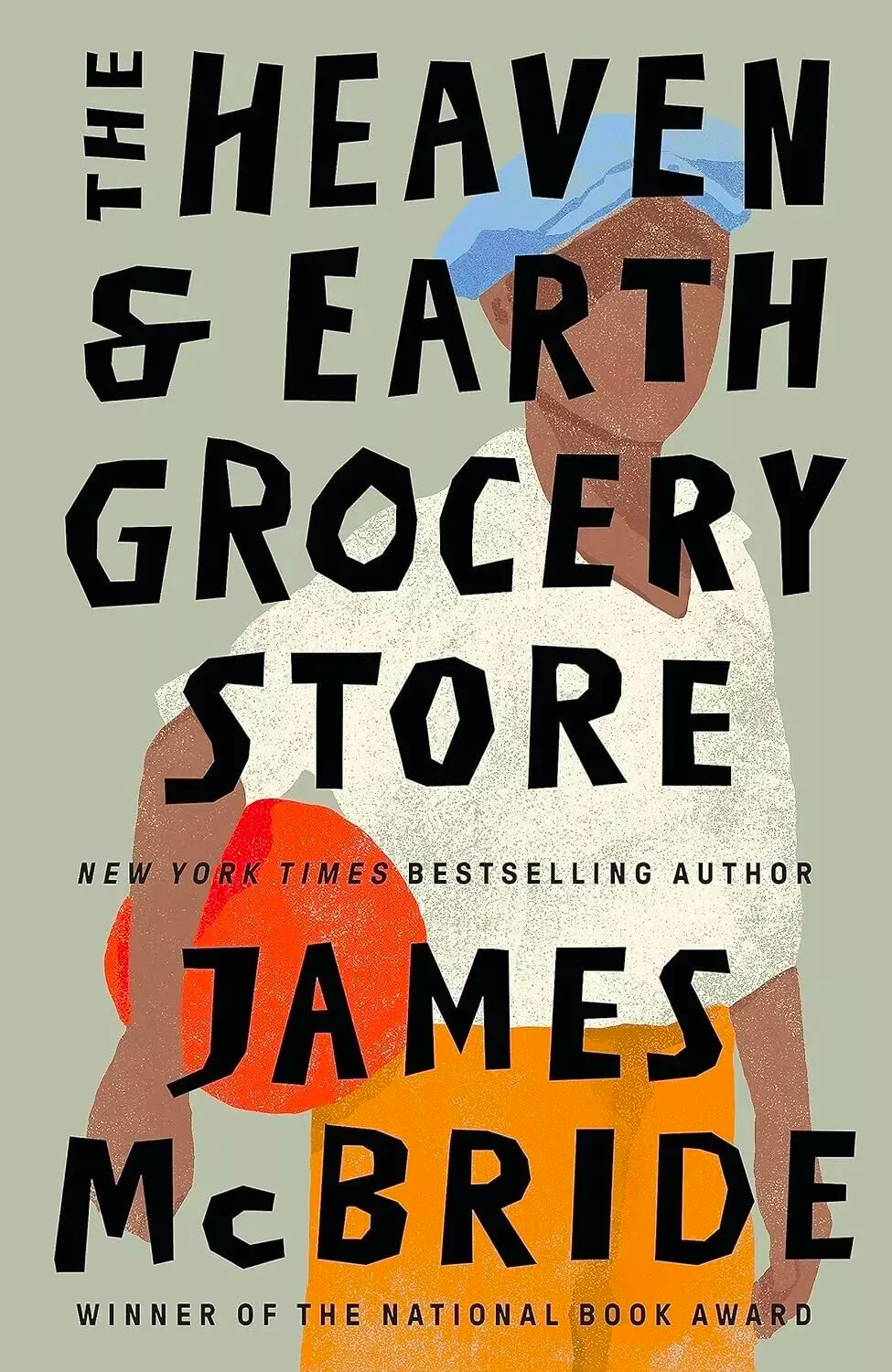
McBride, James, The Heaven and Earth Grocery Store, 2023, Novel
The setting for James McBride’s The Heaven & Earth Grocery Store is a small community, Chicken Hill, near Pottstown, PA, which was originally settled by immigrant Jews followed by African Americans. The story focuses on a Jewish couple who continue to operate a grocery store and a theatre after many in the Jewish community move away. As events take places, many stories of the members of the community and their connections with each other and the white Pottstown community emerge, and in doing so, a crime is revealed. McBride writes with compassion and humor. — Joan Hausrath
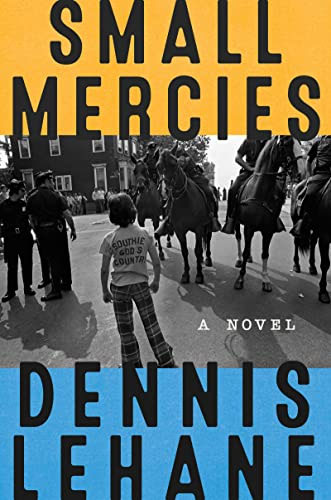
Lehan, Dennis, Small Mercies, 2023, Novel
The story takes place in 1974 when a court ordered the desegregation of public schools by means of students, chosen by lottery, being bused between the black neighborhood of Roxbury and the Irish American enclave of South Boston. Prior to the opening of schools in September, protests and riots breakout. Within this setting a black teenager is killed and the daughter of a white woman from Southie goes missing. As the mother desperately searches for her daughter, she reveals the racism, criminality and brutal struggles for power in her community. — Joan Hausrath
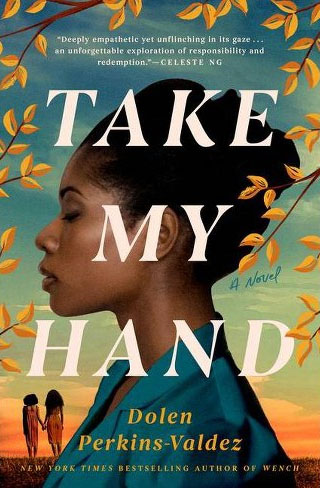
Perkins-Valdez, Dolen, Take My Hand, 1973, Novel
Civil Townsend, an enthusiastic newly-graduated nurse, is working for a federally funded Family Planning Agency in Montgomery, Alabama in 1973. She discovers that the agency takes advantage of poor black women (some only teenagers) by "treating" them with drugs and surgeries to prevent pregnancies. They are too young to consent, and their illiterate families cannot help. The novel is loosely based on court case of such unlawful action in Montgomery in the same year. Strong character development and a crisp writing style make this cleverly written story hard to put down. — Barbara Barnes
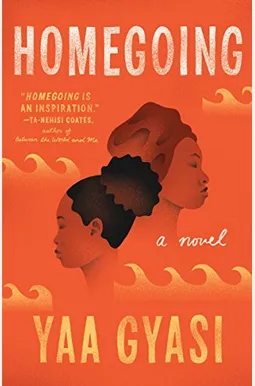
Gyasi, Yaa, Homegoing, Novel
Homegoing, a powerful work of historical fiction, begins in Ghana in the 1700s. Two half-sisters are born into two different villages, each unaware of the other. One marries an Englishman, while the other is captured and sold into slavery. The book follows the parallel paths of these sisters and their descendants through eight generations: from the Gold Coast, to Mississippi plantations, to the American Civil War, to the Jazz Age in Harlem, to modern times. The hardships of the characters make these historical periods come to life, and provide the reader with a greater understanding of the legacy of slavery. — Lois Kemp
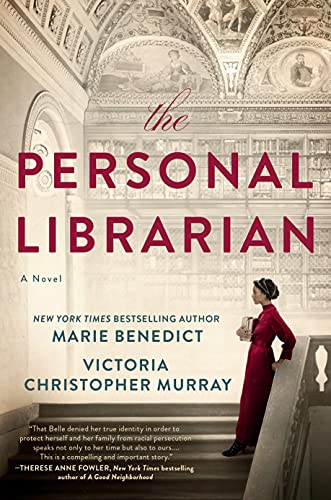
Benedict, Marie, and Murray, Victoria Christopher, The Personal Librarian, Novel
Just as the confirmation of Judge Ketanji Brown Jackson to the Supreme Court has raised the question of “What does it take for a Black woman to succeed in early 21st century America?” The Personal Librarian raises the same question for the early 20th century. This is the story of Belle de Costa Greene (nee Belle Marion Greener), the daughter of Richard Greener, a well-known advocate for civil rights. Belle’s mother decides the answer to the question is to change their name and pass as white with a Portuguese heritage thereby causing an irrevocable rift in her marriage. Belle then becomes the personal librarian to J. P. Morgan, and the force that transforms his passion for precious manuscripts into the modern Morgan Library. — Paul Wortman
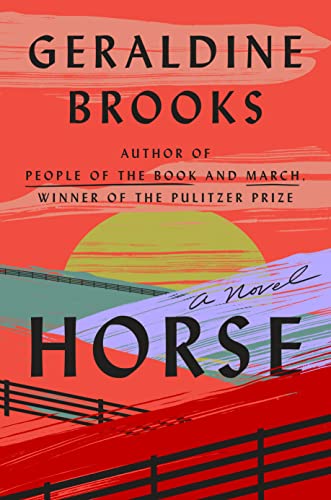
Brooks, Geraldine, Horse, Novel
The “horse” of the title is rediscovered as the Civil War era champion named “Lexington” (née “Darley”) through both art and anthropology. But the focus is on race—not just Lexington’s victories, but the treatment of his black groom, Jarrett Lewis, and that of the talented young, Black scholar who rediscovered him. It’s a tragic recounting of racism from the 1850’s to today in a creative, but nonetheless disturbing, historical fiction. Unlike many authors who move from the past to present in alternating chapters Brooks cleverly connects them as a form of archeological dig that uncovers the questions raised then and resolved now. Only racism remains as an ongoing horror that forces both the protagonists to flee America then and now as it seems a cancer that has no cure. — Paul Wortman
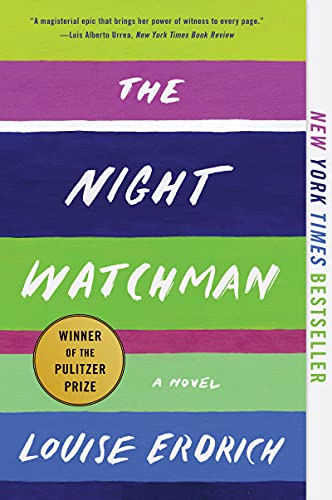
Erdrich, Louise, The Night Watchman, 2021 Pulitzer Prize for Fiction, Novel
Inspired by the author’s grandfather, the book tells the story of a Native American in North Dakota who worked as a night watchman while, at the same time, battling with the US government to retain possession of the land legally deeded to the reservation. The story reveals the richness of Native culture and beliefs as well as the struggles members of the tribe have in navigating the white world. Beautifully written by an award-winning author. — Joan Hausrath
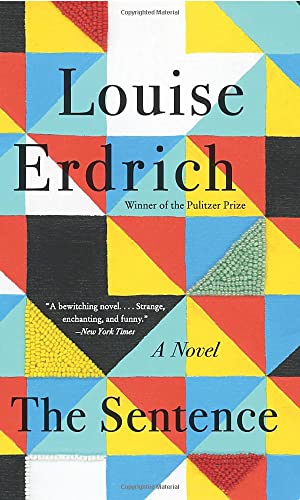
Erdrich, Louise, The Sentence, Novel
The story takes us to the author’s bookstore, Birchbark Books, in contemporary
Minneapolis where one of her employees, a native American woman named Tookie, is haunted by the ghost of a recently deceased customer. Here the past stalks the present as it does for all of us as Tookie tries to exorcise the ghost of her past. Tookie must confront the trials of her ancestors as we also must along with her. For her there is no Thanksgiving, but only “Thankstaking.” Like Dickens’ “Ghost of Christmas Past” we all must look in the mirror of history to find the truth of who we are and what we’ve done. That is the sentence of history we all face. — Paul Wortman
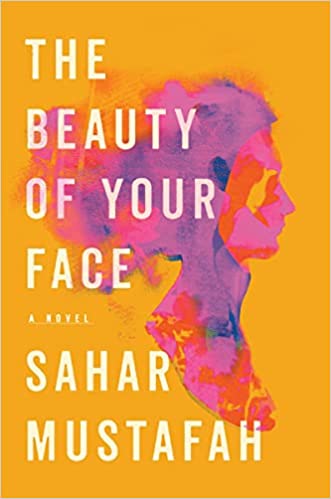
Mustafah, Sahar, The Beauty of your Face, Novel
The author tells the story of a woman, Afaf, the daughter of a Palestinian immigrant, who is the principal of a Muslim girl’s school in Chicago. One day a shooter terrorizes the school. The incident triggers Afaf’s recollection of her struggles to come of age in a country where she routinely faced hateful bigotry. The book also deals with the struggles that members of her family had in adjusting, or not adjusting, to life in the US. — Joan Hausrath

Richardson, Kim Michele, The Book Woman of Troublesome Creek, Novel
Cussy Mary Carter is the 19-year-old, coal miner’s daughter who is The Book Woman of Troublesome Creek. Cussy’s job is to deliver books as part of the New Deal Pack Horse Library Project into the remote hollows and mountains of eastern Kentucky’s Appalachia during the height of the Great Depression. She suffers from a rare genetic blood disorder that turns her skin blue and is treated as “Colored.” In her journeys delivering books she encounters bigotry, brutality, cruelty, crushing poverty, exploitation, and death, but also compassion, hope, and finally love. As Michelin says’ “It’s worth the journey.” — Paul Wortman
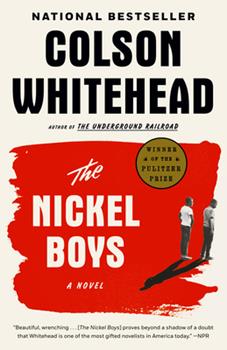
Whitehead, Colson, The Nickel Boys (2019), Historical Fiction
The Nickel Boys is a fictionalized account of the Dozier School, an actual reform school in the panhandle of Florida that operated for 111 years (January 1, 1900, to June 30, 2011). The book won the 2020 Pulitzer Prize for Fiction. It is Whitehead's second Pulitzer. Judges called the novel "a spare and devastating exploration of abuse at a reform school in Jim Crow-era Florida that is ultimately a powerful tale of human perseverance, dignity and redemption." Colson Whitehead gives his story the powerful narrative arc of a Black Huckleberry Finn. — Sidney Okashige
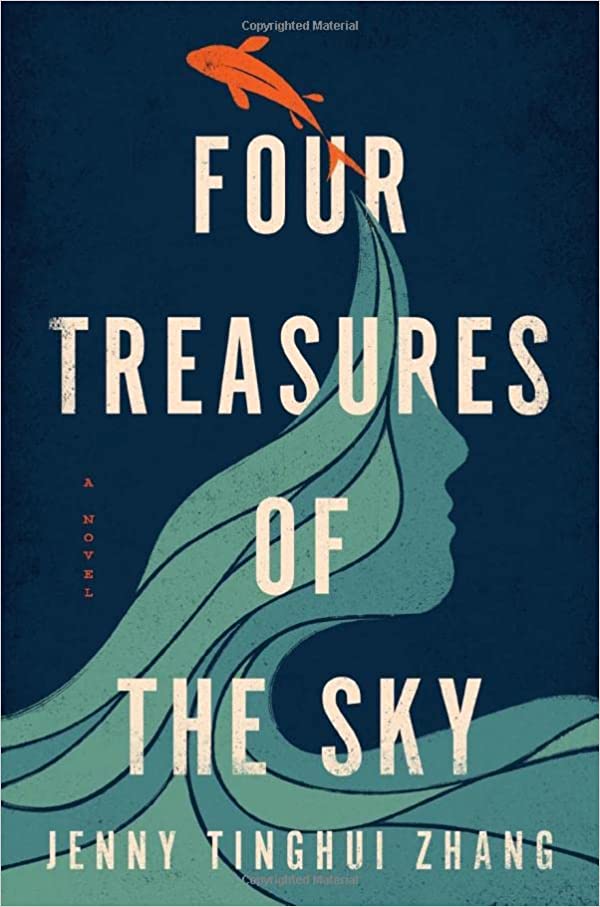
Zhang, Jenny Tingul, Four Treasures of the Sky, Novel
In this grim, haunting, but lyrical, novel, Zhang tells a number of stories that are all formed into one. This is the story of a young Chinese girl named Lin Daiyu after a mythic deity who is in search of her true identity. This is also the story of a young Chinese girl named Lin Daiyu who masters calligraphy, and then is kidnapped and sold into sex slavery in a San Francisco brothel. This is the story a girl named Lin Daiyu who is disguised as a boy who escapes to Idaho only to encounter the horrors of the Chinese Exclusion Act of 1882. — Paul Wortman
MEMOIRS
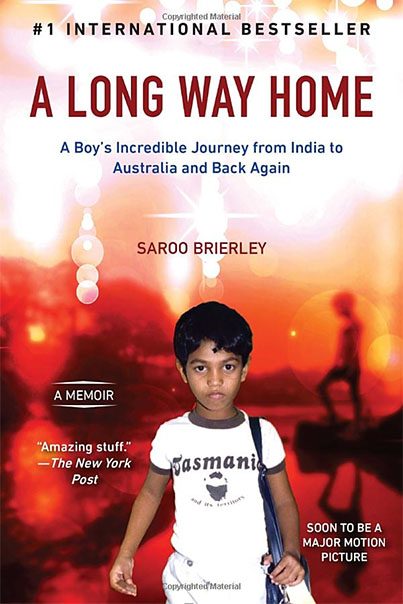
Brierley, Saroo, A Long Way Home, 2013, Memoir
Brierley gives an account of how, at the age of five, he got lost on a train in India and ended up separated from his very poor family a long way from home. Unable to read, write or even remember his last name, he survives on the streets of Calcutta and eventually ends up in an orphanage where he is adopted by an Australian couple who raise him in a good home. As an adult, with few vague clues, he takes on a search for his Indian family. After many hours searching Google Earth and following train tracks, he finds his hometown and is reunited with his birth mother and siblings. The memoire is a true story of hope and survival. — Joan Hausrath
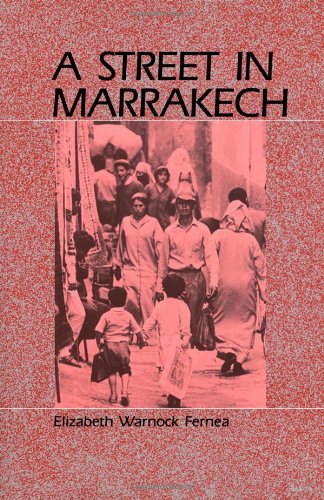
Fernea, Elizabeth Warnock, A Street in Marrakech: A Personal View of Urban Women in Morocco, Memoir
The author, an American, describes living in the medina in Marrakech and her struggle to get to know the Muslim women in her neighborhood. Eventually she is accepted and shares in their everyday activities, weddings, funerals, and women’s rituals. Her account reveals the rich cultural life of these women. A Street in Marrakech is frequently included on reading lists for women’s studies programs. — Joan Hausrath

Noah, Trevor, Born a Crime, Memoir
Trevor Noah’s picaresque coming-of-age memoir Born A Crime takes a humorist’s scalpel to issues of race in apartheid South Africa. The American reader should not miss noticing how we differ (e.g., about who is Black; who is Hitler). Americans and South Africans alike deploy similar principles of racial injustice, however. Beyond injustice, Noah draws us closely into the properties of racial constructs—poverty, language, gender roles, and religion. What distinguishes this memoir is that at the same time, Trevor Noah also writes a loving and moving homage to his mother Patricia, all the while wrapping every episode in laughter. — Sidney Okashige
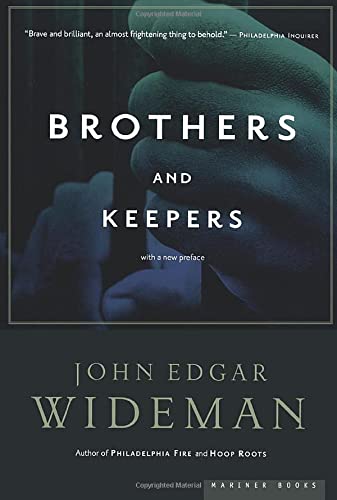
Wideman, John Edgar, Brothers and Keepers, Memoir
Wideman tells the story of his family, his rise to an award-winning novelist and the path taken by his brother who is incarcerated for robbery and murder. It is a powerful narrative about racism, the prison system, brotherly love, and guilt. Published in 1984, it is still relevant today. — Joan Hausrath
FILMS
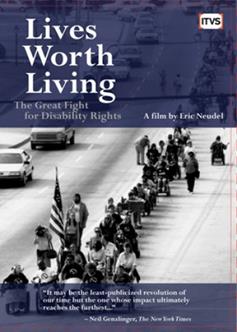
Director: Eric Neudel, Lives Worth Living, PBS, Independent Lens, Documentary
The film documents the history of the disability rights movement post WWII up to the passage of the Americans Disabilities Act in 1990. It uses moving archival footage and in-person interviews with activists including Fred Fay, I. King Jordan, Judi Chamberlin and Judith Heumann. It also shows the horrible conditions in state hospitals that led to deinstitutionalizing. Available on YouTube. — Joan Hausrath
CHILDREN'S BOOKS
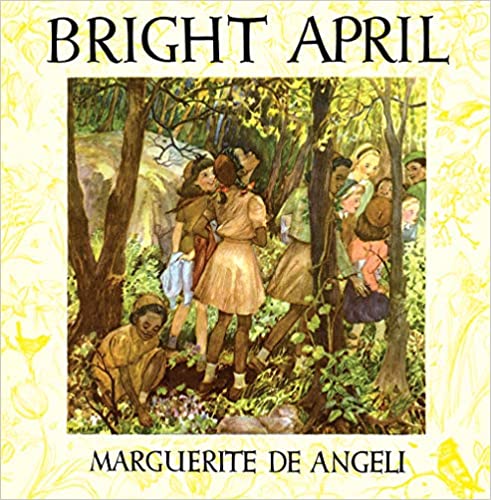
de Angeli, Marguerite, Bright April, Children's Book
This is the beautifully written story of a young Black girl in 1946 Philadelphia and her encounter with racial prejudice. This is April's story. It is especially the story of her tenth birthday, which brought the best surprise she could have ever imagined. Originally published in 1946, Bright April was the first children's book written in the United States concerning racial prejudice. No matter their ethnicity, Mrs. de Angeli felt that all children should be treated the same. Her editors initially resisted the idea of a book on this subject but eventually relented. The book was banned in some Southern states, and Mrs. De Angeli received some hate mail. — Diana Grady
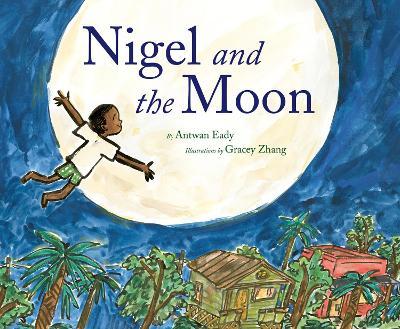
Eady, Antwan, Nigel and the Moon, Children's Book (Ages 4-8)
The theme is relevant to feeling pride in ourselves and where we come from. The main character is a young black boy who feels out of place with his classmates. From debut author Antwan Eady and artist Gracey Zhang comes a glowing tale about the young dreaming big. A perfect story to demonstrate how pride in where we come from can bring a shining confidence. — Diana Grady
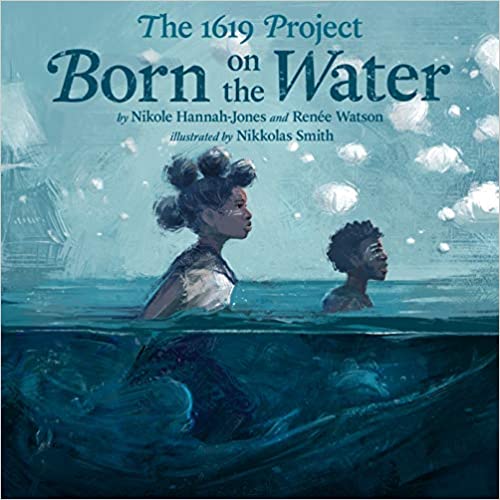
Hannah-Jones, Nikole and Watson, Renee, Born on the Water (2021), Children's Book
This beautifully illustrated, Pulitzer Prize-winning lyrical picture book in verse chronicles the history and consequences of slavery and subsequent Black resistance in America. To help her grandchild with an ancestry school assignment, the grandmother relates the history of their ancestors, the slaves said to be born on the water, starting with their homes, land, and languages in Africa. — Patricia T. Becker
NONFICTION
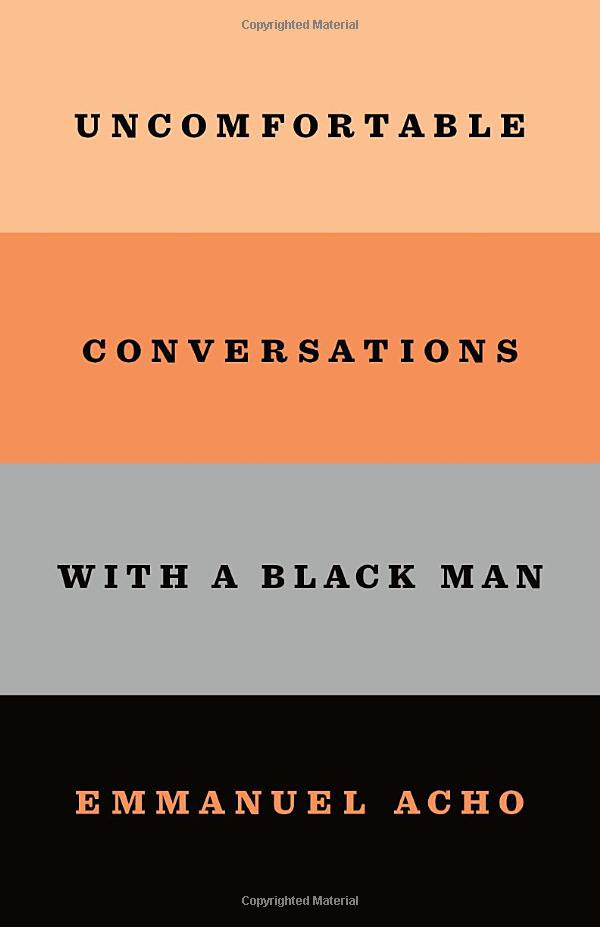
Acho, Emmanuel, Uncomfortable Conversations with a Black Man, 2020, Nonfiction
As a Black child being born and raised in Nigeria, the author was unaware of race. His first encounter with race was when he immigrated to the US with his parents and attended a majority-white prep school. As a professional football player with two NFL teams, he experienced race from still another perspective. The book is for white a readership. Acho appeals to his white readers to talk openly and honestly about race in order to better understand the racial divide. Topics include “the angry black man, reverse discrimination, color blindness, the N-Word,” and more. He offers suggestions on how to become an ally and anti-racist.
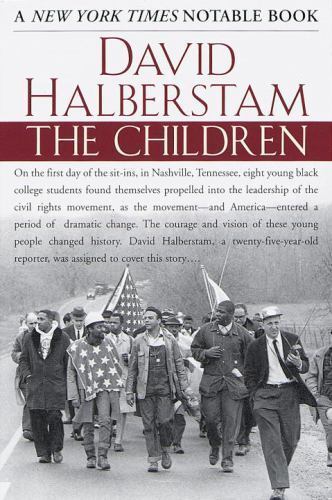
Halberstram, David, The Children (1998), History
Eight young black college students dropped out of college to sit-in at lunch counters, thus galvanizing a generation to launch the civil rights movement. The courage and vision of these young people, the first in their families to receive scholarships, was covered by David Halberstram, a twenty-five-year old reporter for the Nashville Tennessean. The profiles and photographs of John Lewis, Bernard Lafayette, Diane Nash and the others are riveting as is the influence of Rev. James Lawson who inspired them with the principles of Rev. Martin Luther King for transforming hate into love. In the epilogue, Halberstram cites “the courage and nobility of ordinary people in times of stress. If you believe in the concept, I think, you are inclined to believe in democracy.” — Nondas Hurst Voll
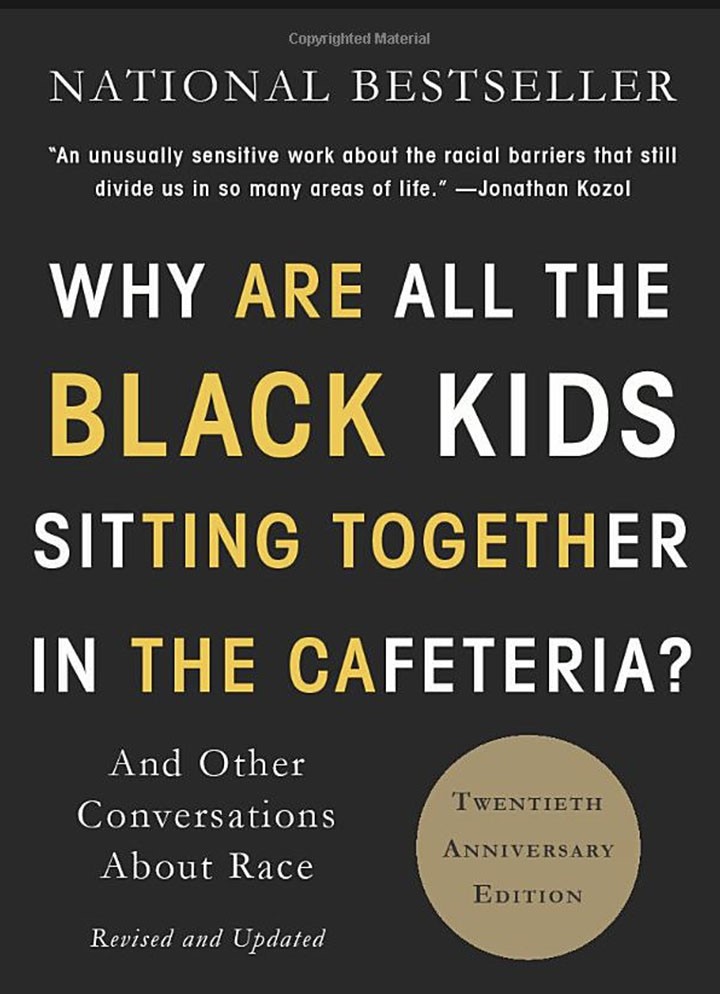
Tatum. Beverly Daniel, Why are All the Black Kids Sitting Together in the Cafeteria? (2017) Nonfiction
Tatum, an adolescent psychologist, discusses the process that high school students go though in developing a self-identity and how race plays a part in their self-segregation. To get past racial divides in our society, the author advocates openly talking about race, examining and acknowledging racial and ethnic differences. In that way whites may begin to understand how people of color view and experience their world growing up and living outside of the dominant culture. — Joan Hausrath
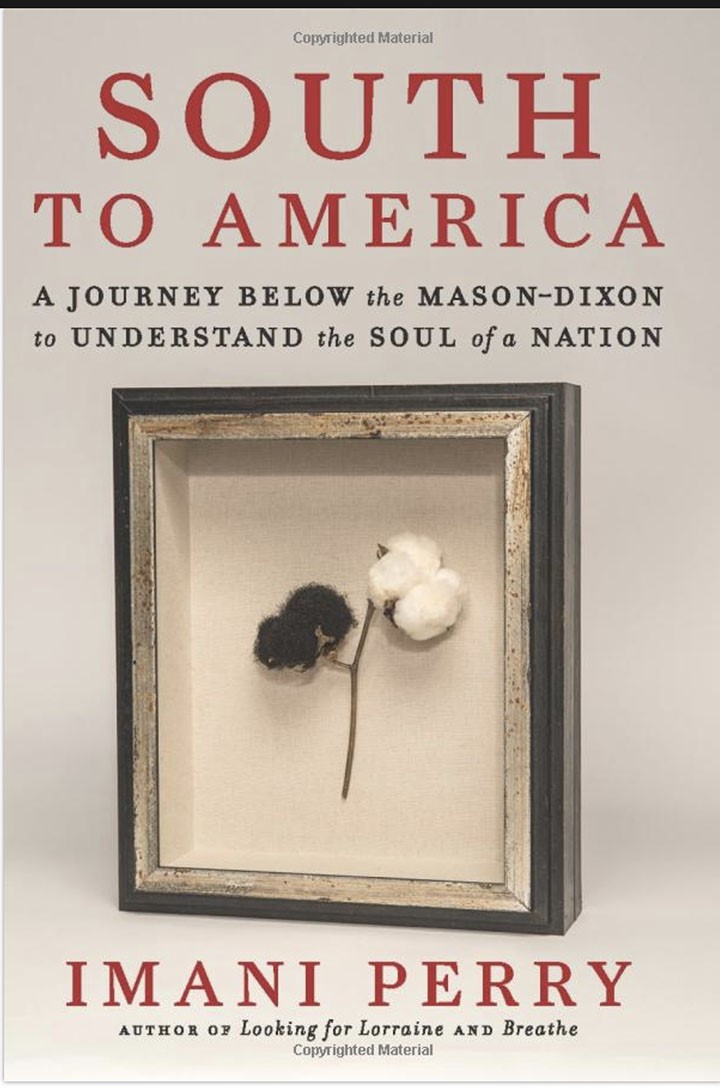
Perry, Imani, South to America: A Journey to America Below the Mason-Dixon to Understand the Soul of a Nation, Nonfiction
Imani Perry is a native of Birmingham, Alabama and grew up in Cambridge and Chicago. She is a professor of African American studies at Princeton University. In South to America, Imani Perry guides the reader on a very comprehensive journey throughout the South. Her personal connection to the South and her academic expertise are interwoven to create an in-depth account of the people, history, injustices and accomplishments, the geographical beauty, cuisine, art and music. She immerses the reader in the intricacies and complexities of the various regions and people. With every paragraph her stories become more intriguing and more informative evoking emotions and thoughtful reflections. — Gail Conte
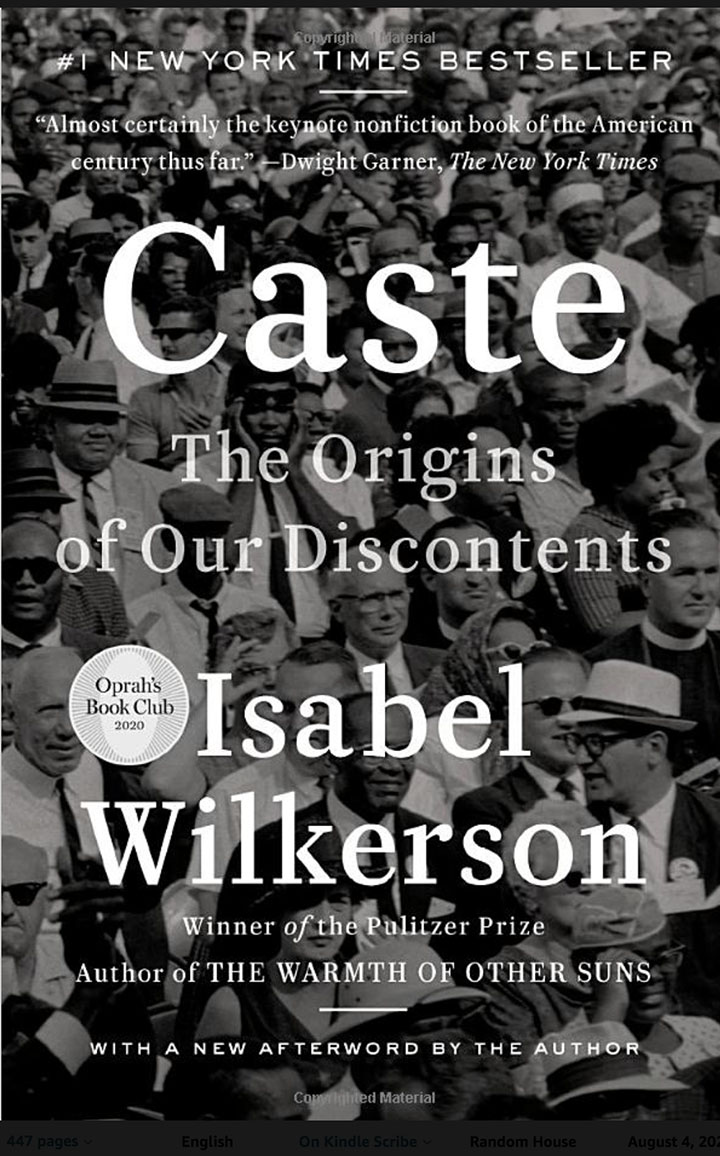
Wilkerson, Isabel, Caste: Origins of our Discontents, Nonfiction
This should be mandatory reading. Compares the caste system based on race in the U.S./India/Nazi Germany. This should dispel the notion of Americans that we don’t have a racial divide… we have had one since the 18th c. and it’s alive and well. It’s riveting! — Elinor Nacheman
Diversity Bibliography Submission Form
